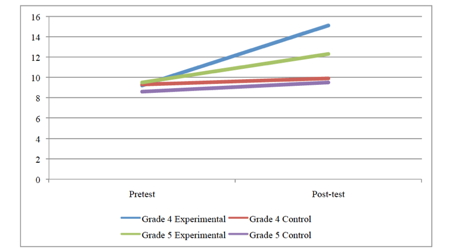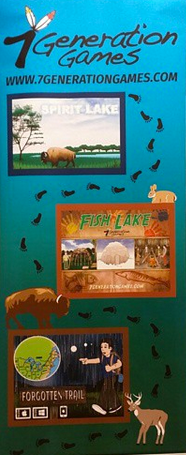Statistics Answers the Most Important Social Question
Occasionally, when I am teaching about a topic like repeated measures Analysis of Variance, a brave student will raise a hand and ask,
Seriously, professor, WHEN will I ever use this?
The aspiring director of a library, clinic, afterschool program, etc. does not see how statistics apply to conducting an outreach campaign or HIV screening or running a recreational program for youth – or whatever one of hundreds of other good causes that students intend to pursue with their graduate degrees. Honestly, they often look at the required research methods and statistics courses is a waste of time mandated for some unknown reason by the University, probably to keep professors employed. Often, they will find a way to do a dissertation using only qualitative analysis and never think about statistics again.
This is a huge mistake.
For all of those people who say, “I never used statistics in my career”, I would answer, “well, I never used French in my career either and you know why – because I never learned it very well.”
Now, those people who don’t see a real use for French probably aren’t convinced. However, to me, it’s pretty evident that if I could speak French I could be making games in both French and English.
Actually, statistics can answer the very most important question in any social program – does it work?
So, I had written a couple of blogs about the presentation I gave at SACNAS (Society for the Advancement of Chicanos and Native Americans in Science) where I discussed using statistics to identify need for intervention and mathematics for students prior to middle school. I also gave examples of teaching statistics concepts in games.
The question is, did these games work for increasing student scores?
For this – surprise! Surprise! Drumroll – – – we used repeated measures Analysis of Variance. If you look at the graph below you can see that the students who played the games improved substantially more from pretest to posttest than the students in the control group.
This was a relatively small sample, because it was our first pilot study, and conducted in two small rural schools, that also happen to have very high rates of mobility and absenteeism, so we were only able to obtain complete data from 58 students.
Now, the results look impressive but where these differences higher than one would expect by chance with four groups (two grades from each school) of a fairly small size?
Well, when we look at the ANOVA results we see that the time by school interaction, which tests if one school changed more overtime than the other is quite significant (F = 7.13, P = .01). Yes, the P value equaled exactly .0100.
The time by school by grade 3 – way interaction was not significant. It’s worth noting that the fifth grade at the intervention school had less time playing the game due to logistical reasons – they had to schedule the computer lab as opposed to playing in their classroom, and sometimes, their class being scheduled later in the day, they missed playing the game altogether when school was let out early due to weather.
One way that I could reanalyze these data – and I will – would be to look at it not by grade but by time spent playing. So, instead of four groups, I would have three – those who played the game not at all, in other words, the control group, those who played at less than recommended and those who played it the recommended amount.
My point is that repeated measures ANOVA is just one of the many statistical techniques that can answer the most important questions in social programs – whether something works and under what conditions it works best. There’s also the question of who it works best for – and statistics can answer that too.
So, my answer to the student who questions if he or she will ever use this is, “if you’re smart you will.”
For all of those who have asked us if these data are going to be published, the answer is yes, we have two articles in press that should come out in 2017.
We are working on more in our copious spare time that we do not have, but right now we are focusing on game updates.


